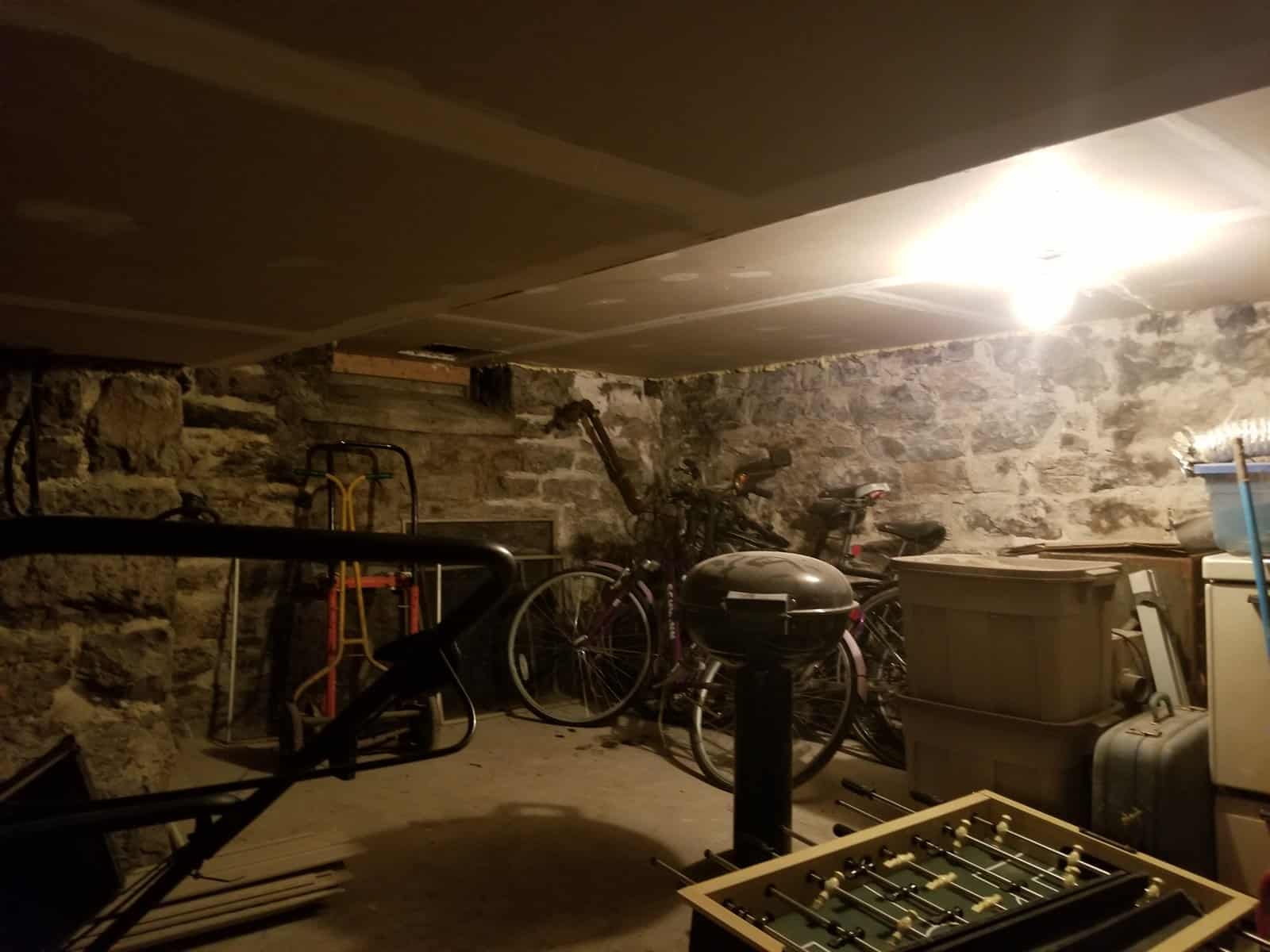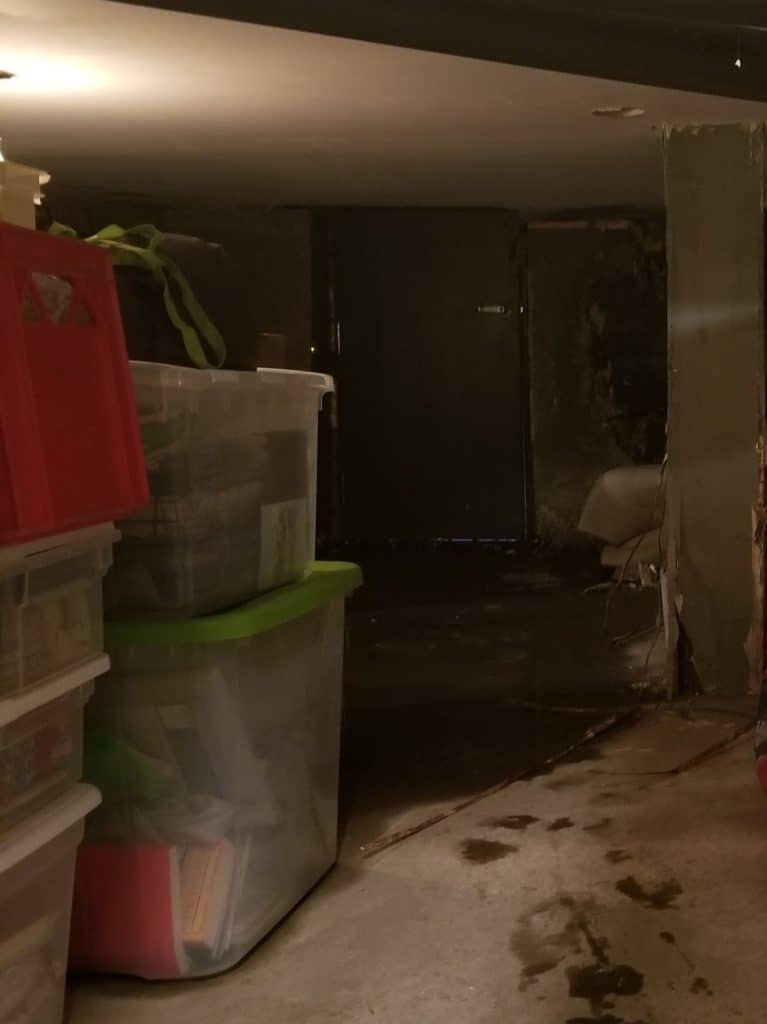When visiting homes, home buyers rarely think about what’s right under their feet, but they should—especially if they’re walking on top of a crawl space. If you’re looking for a house, you’re likely to come across the phrase in the listings.
What is Crawl Space?
A crawl space is a hollow area underneath the floors of some homes that connects the ground and first floor. It’s normally 1 to 3 feet high, just high enough for anyone to crawl through, as the name suggests (low ceilings!).
If you’re purchasing an older house with a crawl space, the space is likely to be unheated unless the previous owner has made improvements.
These spaces were not insulated at all in the past. Blocking the vents will keep the house warm, which is not a good idea. The obstructing of vents causes a moisture problem.
Without a vapor barrier, you risk causing excessive moisture, which can lead to rot, mold, and mildew on your floor joists, as well as insect or pest infestations in certain cases.
Crawl Space Basement
Increasing the amount of living space is a perfect way to increase home value. However, transforming your crawl space into a full basement is a huge undertaking that must be performed correctly.
You’ll need to get the area underneath the house excavated and underpinned if you want to add more rooms.
When done incorrectly, it may result in significant structural problems. If you’re serious about doing it, hire a pro and prepare for a huge bill. It may not be possible to get it right on the cheap.
Instead of working on a crawl space basement, see if there is another way to add more living space. You can choose to add a second story to your house, and depending on the size of your lot, you might be able to fit an extension into your yard as well.

Crawl Space Foundations
Although both types of foundations are widely used, they are better suited to different circumstances and conditions.
Continue reading to learn the most significant differences between the two common foundation types—crawl space vs slab —so you can pick the best choice possible when buying a new house.
Crawl Space vs Slab
Sloped lots benefit from crawl space foundations
Slab foundations with low footings (steel-reinforced pads of concrete that support the foundation) are only ideal for flat lots with minimal excavation needed for the concrete slab to be poured.
However, a slab on a sloped lot would necessitate substantial excavation since the high part of the lot would need to be dug out and leveled with the low part.
Since less excavation is needed, crawl space foundations would be a better option for slopes (digging only the walls, not the entire slab).
For instance, a 2-foot deep trench may be required on the low side of the lot, while a 4 or 5-foot trench may be required on the high side, but the trench only needs to be 2 feet wide (trench width of standard foundation wall).
In cold climates, slab foundations are not recommended
Because of its moisture content, the soil will expand and heave as it freezes, putting stress on a base and causing it to move or crack.
Any foundation’s footings must be below the frost level, or the depth up to which the ground can freeze in a particular area, in order to be secure.
Since the ground seldom freezes in warmer climates, and if it does, it only to a depth of 1 or 2 inches, a slab base with standard footings below 24 inches is adequate to be stable.
In areas where the frost level is below 34 inches, crawl space foundations are more suitable. The support walls would have footings built below 34 inches to strengthen the foundation.
Water in Crawl Space
The presence of standing water in the crawl space, as well as damage such as mold and rot, is apparent. The effects of water in crawl space on your health and the rest of your home are less apparent.

Water in crawl space can cause three major issues:
1. Increased Energy Costs
The cost of heating and cooling a home with water in crawl space is higher. This is because damp air needs more energy to heat or cool, and more energy means higher energy bills.
2. Mold
Mold thrives in damp conditions. Also, it enjoys dead organic materials such as wood, paper, and cardboard. Unfortunately, most basements are damp, with wood and other organic materials for mold to grow on.
Mold also eat dead insects, and there are typically plenty in the basement. Insects and rodents love to come in through the vents in the basement. Vents also allow moisture in, providing the perfect environment for mold to thrive.
Worse, mold releases spores into the air, which gradually find their way upstairs. Mold in your basement is bad for both your health and the value of your home. Nobody wants to buy a mold-infested home.
3. Pests & Dust Mites
Dust mites like moist conditions, so homes with water in crawl space are breeding grounds. These mites are tiny parasitic insects that live in your bedding, carpets, and furniture.
Dust mite droppings float in the air, causing allergies and asthma. Termites, spiders, mice, rodents, and snakes are all attracted to wet, dirt basements.
Identifying the Source of the Water in the Crawl Space
The first step in crawl space repair is to figure out what’s causing the leak. Water in crawl space can be triggered by three different factors:
1. Roof drainage, overflowing gutters, grading problems, or leaky windows and window wells are the most common sources of surface water entering the basement.
2. Groundwater can wreak havoc on the basement in a variety of ways. After periods of heavy rain or snow, the soil around the foundation may become saturated. Water from the surrounding soil presses against the foundation’s walls and finally seeps in.
3. Plumbing problems, such as a leak or a burst pipe, may cause water to enter the basement. Even if your crawl space has a vapor barrier, water can collect on top of the liner until it evaporates.
Crawl Space Repair
Keep in mind, however, that proper crawl space ventilation is necessary to keep your home dry, prevent mold, and protect the structural integrity of your home—not to mention your health.
The “stack effect”, a mechanism in which moisture travels from the ground up through cracks in the floor and into the home, will occur if the basements are not ventilated.
Excess moisture in the basement must be vented to avoid being a breeding ground for mold, fungi, termites, and possibly even rodents in the walls.
If you’re thinking of buying a house with a crawl space, have your home inspector check the basement before you sign the dotted line.
If you have a problem with humidity, standing water, or other water issues, crawl space repair might be at the top of your to-do list.
Install a vent to pump air in from your HVAC system, as well as an exhaust fan to transfer air from the crawl space and walls to the outside in order to ventilate the basement (you might also be interested in checking out our guide on the best outdoor misting fan).
If your area is especially humid, you can also use a dehumidifier to combat moisture and assist in the drying of your home.
A dehumidifier will help prevent the spread of fungi, mites, mold, moisture, and rot in your home.
Sump Pump System
The first line of defense in keeping water out of the basement is to install a sump pump.
A sump system with a robust sump liner, an airtight lid, and a dependable pump is required.
The best way to prevent common sump pump problems is to invest in a high-quality sump pump system with a battery backup pump.
You may also inquire about an encapsulation system, which will seal off the area and alleviate basement problems.
The solution for your water problem in your basement is decided by your specific circumstances.
If you’re concerned about water in the crawl space, set up a crawl space inspection with a basement systems contractor in your area.
Conclusion
The environment in your area would be a big factor to consider if you’re buying a house with a crawl space.
Natural conditions like frost line, soil type, drainage, slope, and water-table depth typically contribute to one type over another in terms of construction best practices.
If you’re not sure if a crawl space is right for your home, talk to a contractor.
